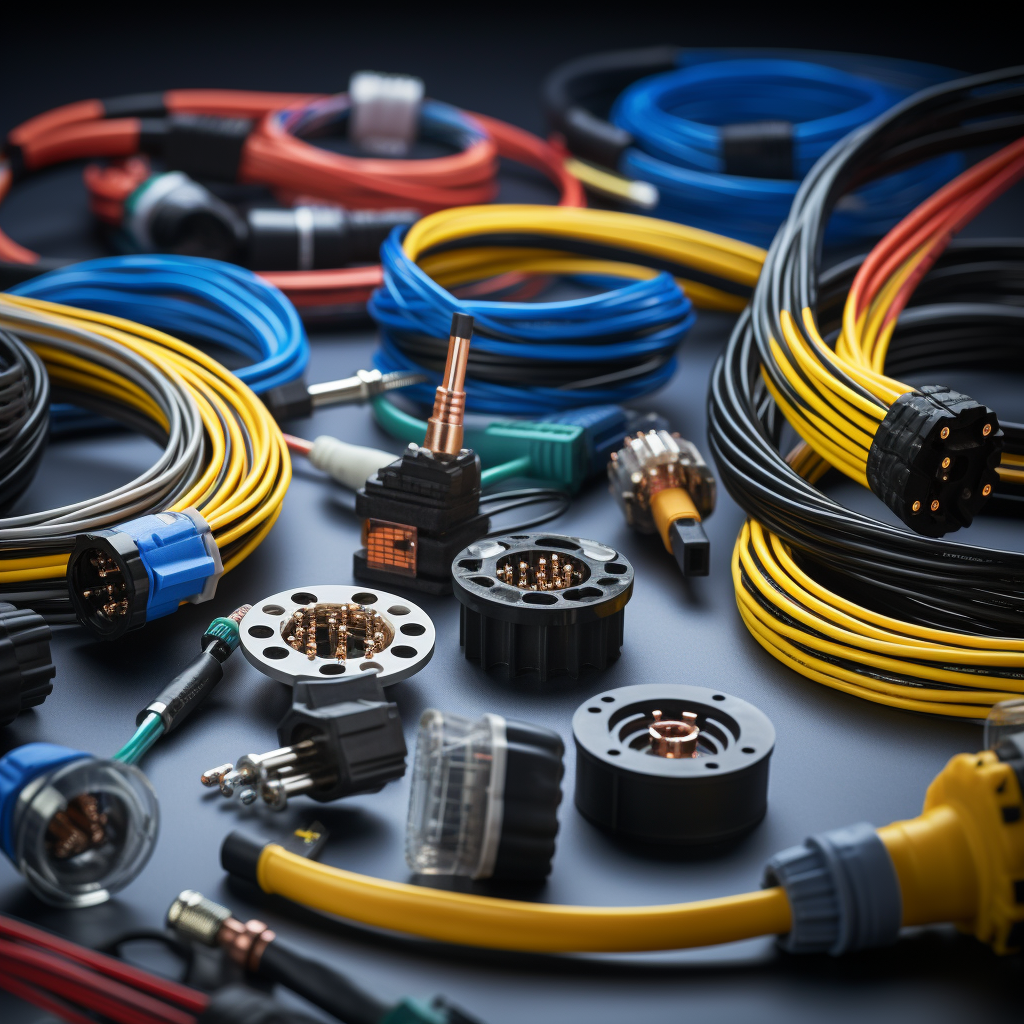Introduction
Wire harnesses are indispensable components in numerous industries, serving as the central nervous system for electrical systems in various applications. They are designed to consolidate numerous wires into a single, manageable assembly. This blog post will explore the various types of wire harnesses and their specific applications across different sectors. Understanding these variations and their uses is crucial for anyone involved in electronics, manufacturing, or related fields.
What is a Wire Harness?
A wire harness, also known as a cable harness, is an assembly of electrical cables or wires which transmit signals or electrical power. They are bound together by straps, cable ties, sleeves, cable lacing, conduit, a weave of extruded string, or a combination thereof. The purpose of a wire harness is to ensure a secure and organized way to route wires and cables in devices, vehicles, or buildings, reducing the risk of electrical fires and improving overall efficiency.
Types of Wire Harnesses
1. Standard Wire Harness
- Description: The most common type, used in various applications, from small electronic devices to large machines.
- Applications: Home appliances, office machines, and consumer electronics.
2. RF (Radio Frequency) Wire Harness
- Description: Specifically designed for transmitting radio frequency signals.
- Applications: Telecommunication equipment, satellite systems, and radio transmission devices.
3. Ribbon Cable Harness
- Description: Consists of many conducting wires running parallel to each other on the same flat plane.
- Applications: Computers, printers, and data centers.
4. Molded Cable Harness
- Description: Encased in a molded plastic that strengthens and protects the assembly.
- Applications: Used in environments that require protection from moisture, dust, or other elements, such as automotive and marine applications.
5. Custom Wire Harness
- Description: Tailored to meet specific requirements of a project or application.
- Applications: Specialized medical equipment, bespoke automotive systems, and military applications.
Applications of Wire Harnesses
Automotive Industry
- Role: Wire harnesses in vehicles are responsible for connecting various electrical components, from headlights to the engine control unit.
- Challenges: Must withstand harsh conditions like vibrations, moisture, and temperature fluctuations.
Aerospace and Aviation
- Role: Ensures the functioning of critical systems in aircraft and spacecraft, including communication, navigation, and engine management systems.
- Challenges: Requires lightweight and highly reliable wire harnesses that can operate in extreme conditions.
Consumer Electronics
- Role: Found in everyday devices like smartphones, laptops, and home appliances, managing power distribution and signal transmission.
- Challenges: Miniaturization and the need for lightweight and flexible wire harnesses are paramount.
Industrial and Manufacturing
- Role: In manufacturing machinery, wire harnesses facilitate power distribution and control systems.
- Challenges: Durability and the ability to withstand industrial environments are crucial.
Medical Devices
- Role: Critical in devices like MRI machines, patient monitors, and diagnostic equipment.
- Challenges: Requires precision, reliability, and often miniaturization.
Design Considerations for Wire Harnesses
Material Selection
- Importance: Choosing the right materials for insulation, shielding, and conductors is critical for the harness’s performance and longevity.
Customization and Flexibility
- Need: Custom designs are often required to meet the specific needs of different applications and industries.
Safety and Compliance
- Regulations: Adherence to industry-specific standards and regulations ensures safety and functionality.
Environmental Factors
- Considerations: Factors like temperature, moisture, chemical exposure, and physical stress impact the design and material choice.
Future Trends in Wire Harness Technology
Smart Wire Harnesses
- Innovation: Integration of sensors and smart technologies to monitor the health and performance of wire harnesses.
Sustainable Materials
- Trend: Moving towards eco-friendly materials for wire harness production.
Miniaturization
- Demand: As devices get smaller, there is a growing need for more compact and efficient wire harnesses.
Conclusion
Wire harnesses play a crucial role in the functioning of a wide range of devices and systems across various industries. Understanding the types of wire harnesses and their applications is key for professionals in electronics, manufacturing, and related fields. As technology evolves, the wire harness industry continues to innovate, ensuring these vital components meet the demands of modern applications.
In an increasingly interconnected and technologically advanced world, the role of wire harnesses becomes ever more crucial. Whether in the intricate systems of an aircraft or the everyday use of consumer electronics, wire harnesses ensure the efficient, safe, and reliable operation of countless devices and systems.
If you need custom wiring harness or cable assemblies, feel free to contact WiringLabs.




